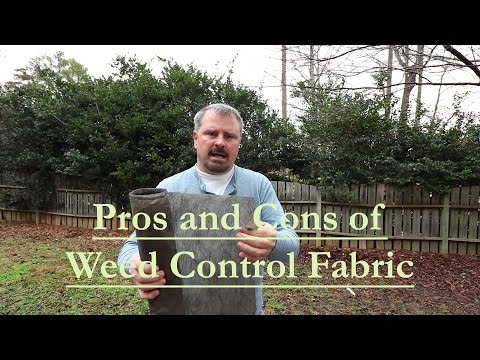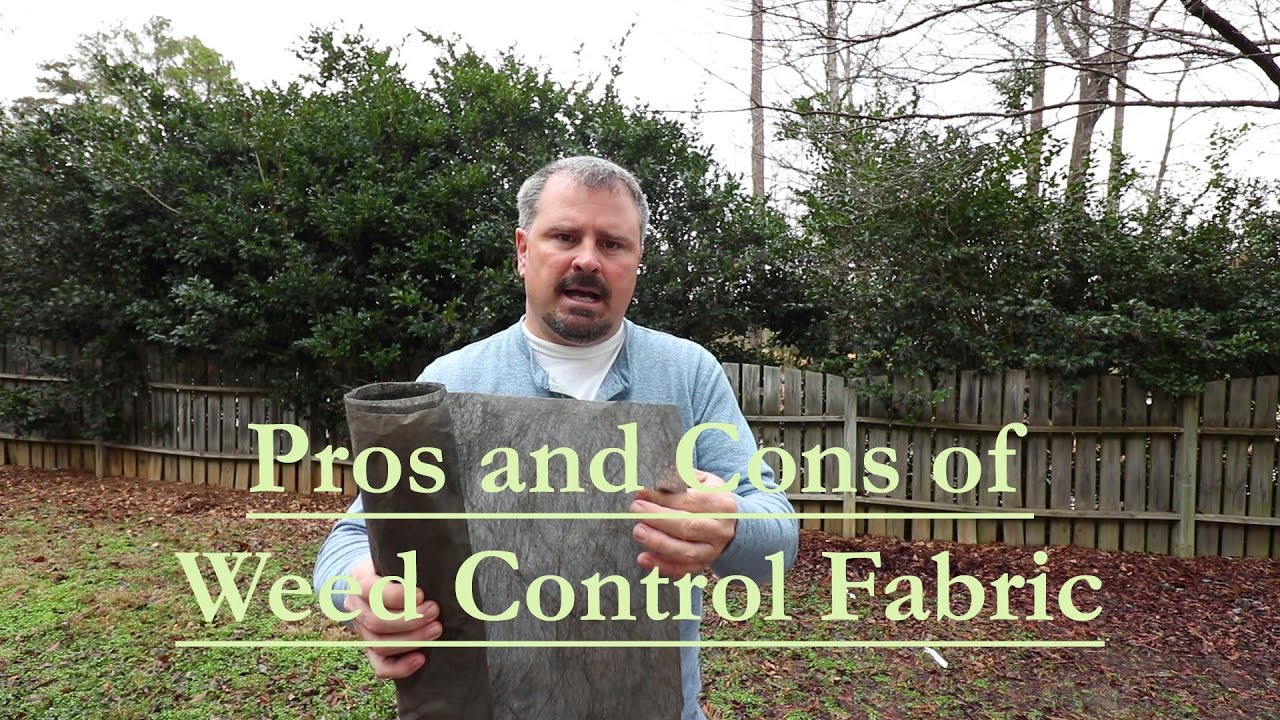Garden fabrics are the secret to turning your outdoor space into a stunning oasis. Whether you have a sprawling garden or a cozy balcony, these fabrics are a game-changer. With their durable and weather-resistant properties, they provide the ultimate protection for your plants and furniture. Say goodbye to pesky pests and harmful UV rays that can damage your precious greens. These fabrics offer a versatile solution, perfect for creating shade, privacy, or even dividing different sections of your garden. Imagine enjoying a cool, shaded retreat on a scorching summer day, or hosting a delightful outdoor gathering without worrying about prying eyes. Moreover, the stylish designs and vibrant colors of garden fabrics add a touch of elegance to your outdoor decor. Whether you prefer a classic or contemporary look, there’s a fabric to suit every taste. Transform your garden into a picturesque paradise with these innovative fabrics that combine functionality and aesthetics flawlessly. Explore the endless possibilities and unleash your creativity with garden fabrics that will surely leave you inspired and your guests in awe.

The Benefits of Using Garden Fabrics in Your Outdoor Space
Garden fabrics have become increasingly popular among gardeners and homeowners looking to enhance their outdoor spaces. These versatile materials offer a wide range of benefits, from protecting plants to reducing maintenance and improving overall aesthetics. If you’re considering using garden fabrics, here are five compelling reasons why they should be a part of your gardening toolkit:
1. Weed Control
Weeds can quickly take over your garden, stealing nutrients and sunlight from your plants. However, by using garden fabrics, you can effectively prevent weed growth without the need for harmful chemicals or excessive manual labor. The fabric acts as a barrier, blocking sunlight and hindering weed germination and growth. This not only reduces the time and effort required for weeding but also eliminates the competition for resources, allowing your plants to thrive.
2. Pest Protection
Garden fabrics provide a physical barrier that keeps pests at bay, preventing them from accessing your plants. These fabrics are particularly effective against common garden pests such as insects, birds, and small mammals. Additionally, some garden fabrics are designed to act as a shield against more specific threats, such as deer or rabbits. By using these fabrics, you can protect your plants from damage caused by nibbling animals or invasive insects, ensuring a healthy and bountiful garden.
3. Temperature Regulation
Garden fabrics have the unique ability to regulate temperature in your garden, creating a more favorable environment for your plants. During colder months, these fabrics act as insulation, trapping heat and protecting your plants from frost, freezing temperatures, and harsh winds. On the other hand, during hot summer months, garden fabrics provide shade and reduce the intensity of sunlight, preventing overheating and sunburn. This temperature regulation not only allows for more extended growing seasons but also helps maintain optimal conditions for various plant species.
4. Moisture Management
Proper moisture management is crucial for the health and growth of your plants. Garden fabrics play a significant role in retaining moisture in the soil by reducing evaporation. They act as a barrier, preventing water from escaping while still allowing for sufficient drainage. This ensures that your plants receive the necessary amount of water without being overwatered or experiencing water stress. Additionally, garden fabrics also help prevent erosion by keeping the soil in place, especially in sloped or windy areas.
5. Aesthetics and Versatility
Aside from their functional benefits, garden fabrics can also enhance the visual appeal of your outdoor space. These fabrics come in a variety of colors, textures, and patterns, allowing you to choose the perfect option to complement your garden’s style and design. Whether you prefer a natural and understated look or a vibrant and eye-catching display, there is a garden fabric to suit your aesthetic preferences. Moreover, garden fabrics are highly versatile and can be used in various applications, including raised beds, containers, and even as ground covers.
In conclusion, garden fabrics offer numerous advantages for gardeners and homeowners alike. With their ability to control weeds, protect against pests, regulate temperature, manage moisture, and enhance aesthetics, these fabrics are a valuable addition to any outdoor space. Whether you’re a seasoned gardener or just starting, consider incorporating garden fabrics into your gardening routine to enjoy the benefits they provide.
Weed Control Fabric: Unveiling the Upsides and Downsides
Video Source : HortTube with Jim Putnam
List of Garden Fabrics:
Garden Fabrics
| Product | Description | Benefits |
|---|---|---|
| Row Covers | Lightweight, breathable fabric used to protect plants from frost, insects, and harsh weather conditions. | Row covers provide an effective barrier against pests while allowing sunlight, air, and water to reach plants. They also help extend the growing season and promote healthy plant growth. |
| Landscape Fabric | Durable woven or non-woven material used to prevent weed growth and control soil erosion in garden beds and landscaped areas. | Landscape fabrics effectively suppress weed growth, reducing the need for herbicides. They also allow water and nutrients to penetrate the soil, promoting healthier plants and conserving moisture. |
| Shade Cloth | Knitted or woven fabric designed to provide shade and reduce the intensity of sunlight in garden areas. | Shade cloths help protect delicate plants from excessive heat and sunburn. They also minimize water evaporation, preventing soil moisture loss and reducing the risk of plant wilting. |
| Frost Blankets | Thick, insulating fabric used to shield plants from freezing temperatures and frost damage. | Frost blankets offer exceptional cold protection, helping plants withstand freezing temperatures. They also allow air and moisture exchange, preventing excessive humidity buildup and reducing the risk of fungal diseases. |
As an expert in garden fabrics, it is crucial to understand the various types and their benefits. Row covers, for instance, are an excellent choice to safeguard plants from frost, insects, and harsh weather conditions. These lightweight and breathable fabrics provide an effective barrier against pests while still allowing essential elements like sunlight, air, and water to reach the plants. Moreover, row covers extend the growing season and foster healthier plant growth.
Landscape fabric, on the other hand, proves essential in maintaining well-manicured garden beds and landscaped areas. Its durable and woven or non-woven composition effectively prevents weed growth, minimizing the need for herbicides. Simultaneously, landscape fabrics allow water and nutrients to penetrate the soil, promoting healthier plants and conserving vital moisture.
When it comes to protecting delicate plants from excessive heat and sunburn, shade cloth emerges as a valuable tool. Knitted or woven to provide shade, shade cloths help regulate the intensity of sunlight in garden areas. By minimizing water evaporation, these fabrics efficiently conserve soil moisture, reducing the risk of plant wilting.
Lastly, frost blankets offer unparalleled cold protection for plants vulnerable to freezing temperatures. With their thick and insulating composition, these blankets shield plants from frost damage. Furthermore, frost blankets allow air and moisture exchange, preventing excessive humidity buildup and decreasing the likelihood of fungal diseases.
By utilizing these garden fabrics strategically, gardeners can ensure the optimal growth and protection of their plants, resulting in vibrant and thriving gardens.

